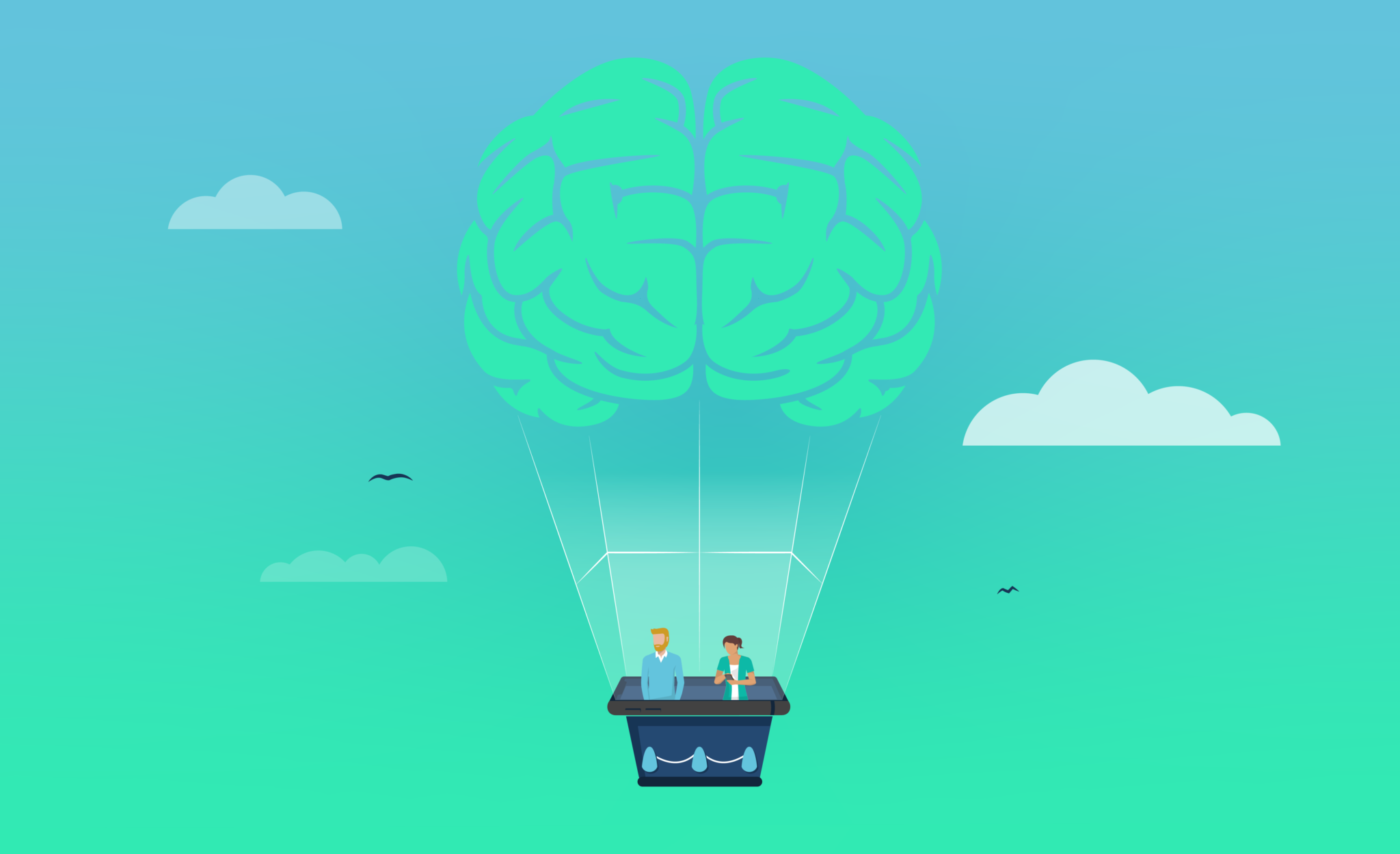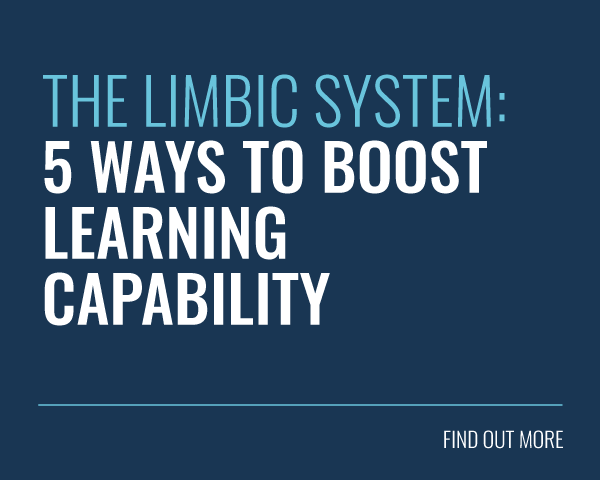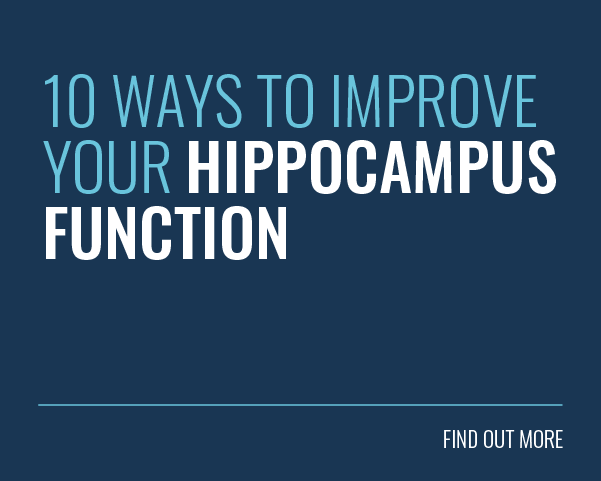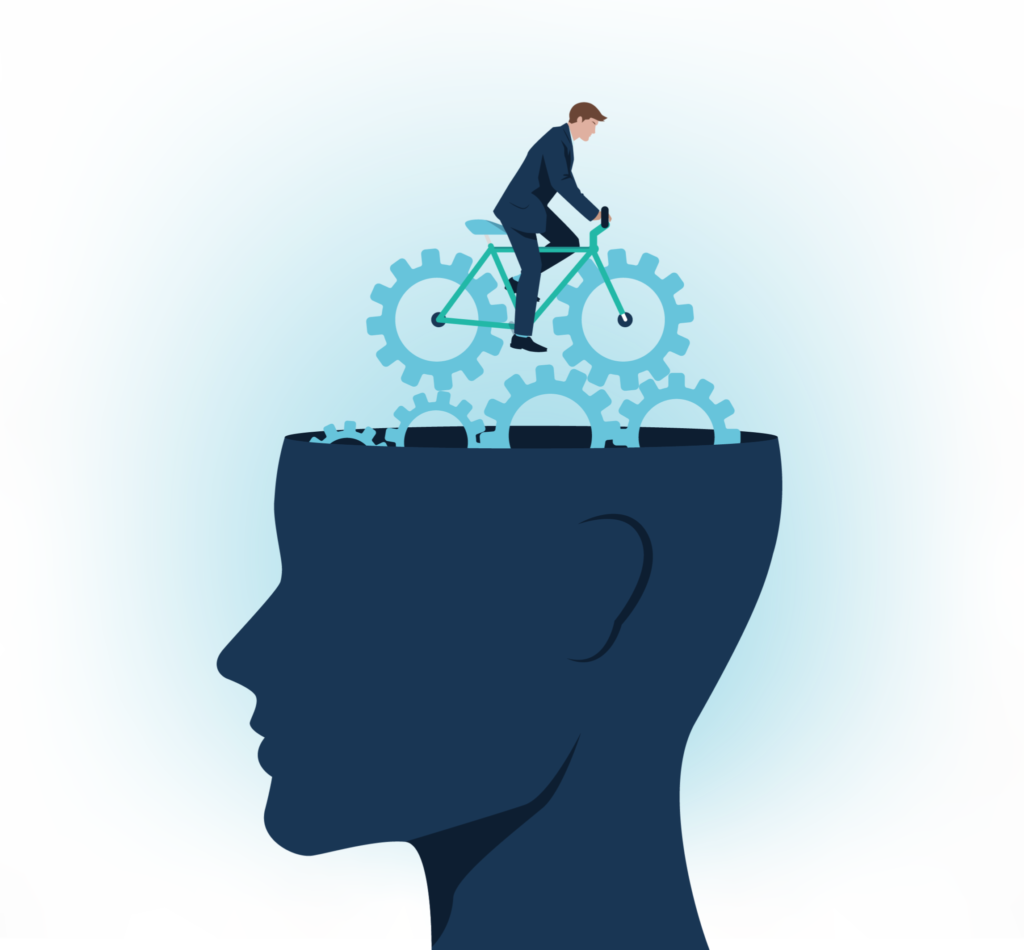
In simple terms, neuroplasticity or brain plasticity is the brain’s remarkable ability to learn and adapt throughout your life. Many of us believe that this becomes harder to achieve as we get older. Thankfully, this isn’t the case.
As cognitive neuroscientist Michael Gazzaniga puts it, ‘Our brains renew themselves throughout life to an extent previously not thought possible’.
Whether you’re looking to pick up a new language, improve your memory, or simply stay mentally sharp as you age, understanding brain plasticity can be a game-changer. There’s no age limit on learning!
This article will explore the fascinating science behind brain plasticity. We’ll examine its mechanisms and offer practical tips to unlock your brain’s full potential for lifelong learning and growth. Let’s get started.
What is Brain Plasticity?
Brain plasticity, also known as neuroplasticity or neural plasticity, is a key feature of the brain. It’s the ‘biological, chemical, and physical capacity for the brain to reorganise its structure and function.’
While not literally plastic, our brains do share a remarkable ability to be molded and reshaped. Just like you can squish, stretch and reform Play-Doh into new creations, your brain can adapt and form new connections throughout your life.
As you and your brain grow, so do the number of neurons you have. These are the tiny messengers that fire electrical and chemical signals throughout your body.
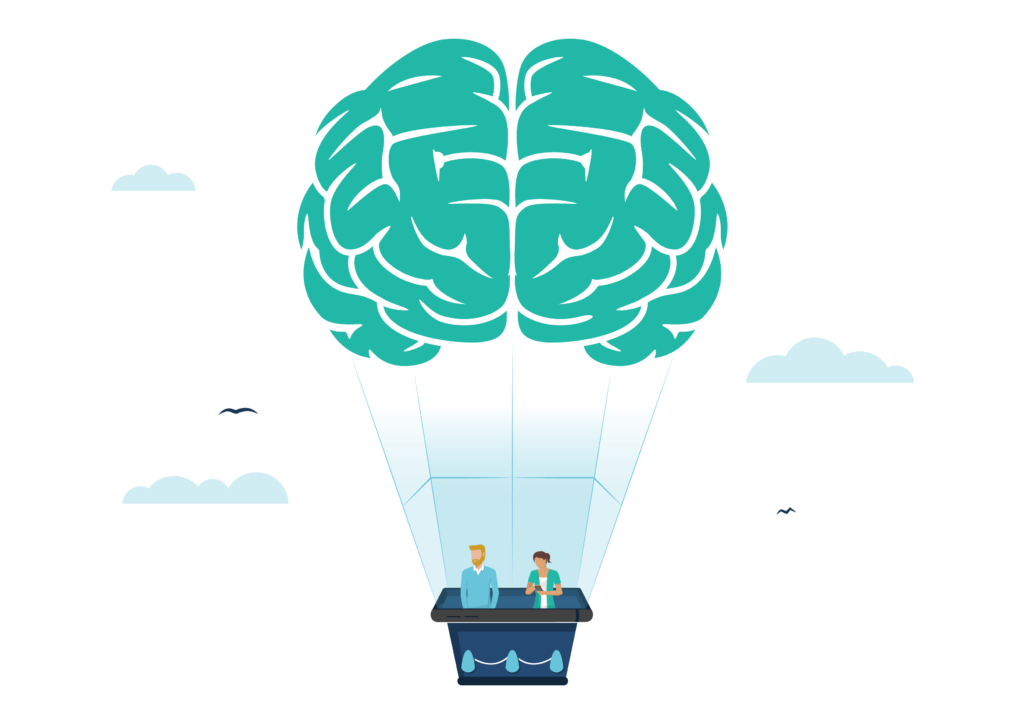
When a child is born, they have around 2,500 synapses per neuron in the cerebral cortex. Within two to three years, that number grows to about 15,000 synapses per neuron. However, by the time we’re adults, that number has more than halved. This is known as synaptic pruning.
Brain plasticity happens in two places. The hippocampus is the first. This area of the brain focuses on operating your long term and spatial memory. The second place is the cerebellum. This area is responsible for operating your short term and muscle memory.
There are also two types of brain plasticity.
- Functional Plasticity: This refers to the brain’s ability to reorganise its functions to compensate for damage or injury. In other words, if one area of the brain is no longer working properly, other areas can take over its responsibilities.
- Structural Plasticity: This refers to the brain’s ability to physically change its structure as a result of experiences and learning. This is where we’ll be focusing most of our attention throughout this article.
It’s strongly believed that once we hit 25, our brain’s plasticity solidifies. This makes it harder to create neural pathways. In turn, this can mean it’s tougher to learn new skills. So, the question we have to ask is…
…Is Childhood The Golden Age Of Learning?
So, is there any truth to the phrase, ‘you can’t teach an old dog new tricks’?
In its formative years, the prefrontal cortex (the part of the brain which deals with memory and complex cognitive behaviour) is astonishingly adaptable and moldable. Subsequently, children are able to absorb new information at a quicker rate.
As we’ve seen, most neurologists agree that the prefrontal cortex is fully developed by the age of 25. And as the brain becomes more rigid it becomes harder to develop new skills.
For example, a lot of educational systems believe it’s easier to learn a new language at a young age. This study on language learning suggests that if you learn a foreign vocabulary after 18, you won’t ever achieve the same proficiency as native speakers.
However new research has revealed information that disputes this. While a younger brain is more malleable and plastic, humans are still capable of learning when they’re past that age.
Whilst the prefrontal cortex is crucial for complex functions like decision-making, planning and impulse control, its full development doesn’t limit the brain’s ability to learn new things. After all, the brain retains a high degree of plasticity throughout life.
So, there’s no need to fear if you are over 18 or 25 (oh, the memories!). Whilst there might be some truth to the idea that learning new things becomes slower after the prefrontal cortex matures, this difference is likely less significant than previously thought.
With dedicated practice and the right strategies, people of all ages can continue to learn and grow.
Why is Brain Plasticity Important?

Brain plasticity is important for the overall health of a human’s brain. As mentioned, it’s responsible for adapting the structure and functions of the brain. If we didn’t have this ability, we wouldn’t be able to develop into adults or heal from injuries.
For example, when a person has a stroke, your brain plasticity is essential to the brain’s recovery.
The more sensory and motor stimulation a person receives, the more likely brain plasticity can help the brain rewire itself to recover from damage. The degree of recovery, however, can vary significantly. Factors influencing this include age (younger brains typically exhibit greater plasticity) and the specific treatments undertaken during rehabilitation.
Brain plasticity is also key for protecting the brain from degenerative diseases such as Alzheimer’s, dementia, and Huntington’s disease.
And let’s not forget: brain plasticity ensures our ability to keep learning. It’s responsible for forming new neural connections which help us to retain information.
What Is Your Brain Age?
There is a simple test you can perform to measure the age of your brain. Whilst this shouldn’t be regarded as 100% scientifically accurate, it does indicate the agility of your reflexes.
Ask a person to drop a vertically positioned 30cm ruler into your hand. Ensure they don’t warn you of when they will let go.
Clutch the ruler as soon as you see/feel it drop. The lower the measurement, the quicker (or younger) your brain is. Check your answers here:
- Less than 10 cm = age 20
- 15 cm = age 25
- 20 cm = age 30
- 25 cm = age 35
- 30 cm or a complete miss = age 40+
Even if your brain is younger than you thought, it’s always good to keep on top of your brain health. Which brings us to our next point: is it possible to claw back time and increase your brain’s plasticity?
How Can You Improve Your Brain Plasticity?
While children’s brains are indeed highly adaptable, promoting brain plasticity is good news for learners of all ages. With this in mind, we’ve collected some great techniques you can use to help rejuvenate and boost your brain plasticity.
1. Stimulate Your Brain

Brainy activities inspire new relationships between nerve cells. Indeed, studies show that stimulating your brain with cognitively challenging tasks promotes neural plasticity. Consequently, this improves your cognitive reserve and cognitive functioning.
There’s a whole assortment of mental gymnastics you can practice to stimulate your brain.
- For instance, you can test your recall by trying to memorise a list of items (aka. spaced repetition).
- Additionally, you can run through some mental arithmetic in your head. How about doubling a number (i.e. 2, 4, 8, 16, 32 etc.)?
- Another great example is ‘gnicitcarp drawkcab gnilleps’, (or ‘practicing backward spelling’).
Research has shown that ‘brainy’ tasks like card games spark new connections between nerve cells and boost brain plasticity. At Growth Engineering, we infuse our training solutions with game mechanics. This promotes learner engagement and motivation.
2. Exercise

Neurogenesis is the process by which new neurons are born in the brain. It was once thought to be exclusive to early development. However, recent research has shown that neurogenesis continues at a limited rate in specific regions of the adult brain.
Physical activity helps to trigger neurogenesis, thus creating brain plasticity. In fact, aerobic exercise can fix damaged brain cells. In addition, it can double the amount of brain cells in the hippocampus. Aerobic exercises include:
- Swimming
- Running
- Boxing
- Cycling
- Rowing
- Dancing
- Kickboxing
- Circuit training
- Inline skating
Studies have shown that when you work out it increases blood flow to the brain. As a result, there’s a higher number of oxygen-rich blood vessels that reach the part of the brain in charge of thought.
For instance, a study of women aged 60 and older, showed that simply walking for 30-50 minutes a few times a week improved blood flow to the brain by as much as 15%.
Furthermore, exercise also encourages the growth of new nerve cells and increases the connections between brain cells (synapses). Studies show that this is incredibly helpful for enhancing brain plasticity and reducing the likelihood of degenerative diseases like Alzheimer’s.
3. Learn To Play An Instrument

If you’ve always wanted to take up an instrument but never have, now might be the time. Whether you practice violin, guitar or the didgeridoo, performing music helps to keep your brain active.
For example, regular practice with an instrument increases myelination. Myelin is a fatty substance which protects neurons and helps them move with ease.
The more fluent your neurons move, the quicker your brain signals are conducted. As you might guess, this leads to better learning experiences.
For example, studies show that playing an instrument increases blood flow to the left hemisphere of the brain. This is great for giving you an extra boost of energy. It’s also been proven that musicians have better motor control skills.
Playing an instrument requires both sides of the brain to be active at the same time, giving it a great workout. In this sense, performing music can be an excellent warm-up for academic learning.
4. Ensure You Have a Healthy Diet

A healthy diet makes for a healthy brain. The foods that you include in your diet have a clear effect on your brain’s plasticity.
Foods full of antioxidants and Omega-3 fatty acids are great for your brain health. Conversely, over consumption of foods rich in fat and sugar causes a negative effect in the brain.
Research suggests that incorporating fish, blueberries, avocado, and even coffee in your diet can help to support brain plasticity. And for a touch of indulgence, dark chocolate (in moderation), can also be part of a brain-healthy diet.
Harvard Medical School conducted a study which involved the observation of people who drink hot cocoa twice a day. This resulted in a 30% increase in memory and cognitive abilities within people who previously suffered from impaired blood flow to their brains.
5. Practice Meditation

There are several reasons why meditation helps plasticity and the brain in general. Just some of the benefits include:
- Boosting creativity
- Boosting memory
- Greater mental health
- Stress reduction
- Better sleep
According to meditation specialists Equisync, ‘meditation is the neuroscientific community’s most proven way to upgrade the human brain’.
In fact, meditation changes the brain’s structure and function. As a result, people who practice meditation have stronger neural connections between the different areas of the brain.
Multiple studies have shown that meditation can improve neuroplasticity and cognitive function. Neuroimaging studies have also found that meditation alters your brain connectivity for the better.
6. Take Daily Supplements

While a balanced diet is crucial for overall health, getting the exact amounts of every nutrient necessary for supercharged brain plasticity can be challenging. This is where strategically chosen supplements can be beneficial.
Luckily, they’re widely available and don’t cost a fortune. Studies show that supplements such as B vitamins, D vitamins, magnesium and extra Omega-3 are great for promoting brain plasticity in our central nervous systems.
Dr. David Sinclair is a Harvard professor renowned for his research on aging. He regularly talks about all the supplements he takes to encourage a youthful brain and body.
It’s important to note that supplements are not a magic bullet. Always consult with your doctor before starting any new supplements, especially if you have any underlying health conditions or are taking medications.
7. Strengthen Your Social Connections

Social connections aren’t just good for your well-being, they can also be a surprising memory booster. Research suggests that maintaining strong relationships and engaging in social learning can enhance memory function.
A study followed 268 Harvard sophomores for nearly 80 years. They found that those with close relationships with others were happiest and healthiest. In fact, those with strong social connections also experienced less mental deterioration as they grew older.
Undergoing severe stress without proper support can cause shrinking in the hippocampus and prefrontal cortex, negatively affecting your learning abilities.
The co-founder of Interpersonal Neurobiology (IPNB), Dr. Daniel Siegel, often talks about how we should seek healthy relationships. This is because our brains respond and mirror positive traits with mirror neurons. This process wouldn’t be possible without brain plasticity.
8. Get Some Rest

When it comes to brain plasticity, sleep isn’t just about feeling refreshed; it’s a vital period for consolidation, learning, and overall cognitive health.
Indeed, when you’re well-rested your brain is able to process information more efficiently, and learn new things more effectively. You should be aiming for 7-9 hours of quality sleep each night.
Sleep provides a window for essential cellular repair processes within your brain. This restorative period helps maintain neuronal health and supports optimal functioning.
Similarly, research shows that sleep helps to remove waste products from brain cells. In fact, the brain’s glymphatic system goes into overdrive, clearing out beta-amyloid plaques that hinder brain health and plasticity.
Final Words
The science of brain plasticity offers a powerful message: our brains are not fixed entities. They are dynamic landscapes with the potential for continuous growth and adaptation.
By embracing lifelong learning, fostering social connections, and incorporating healthy habits, we can empower our brains to thrive throughout life. You can teach an old dog new tricks.
The magic of plasticity reshapes your brain pathways and eases the learning process. Follow our tips and you’ll be a plasticity paladin in no time!
Did you enjoy learning about how your brain works? Use this information to inform your corporate learning initiatives by downloading ‘100 Brain Science Tips to Boost Your Training Strategy’ today!



